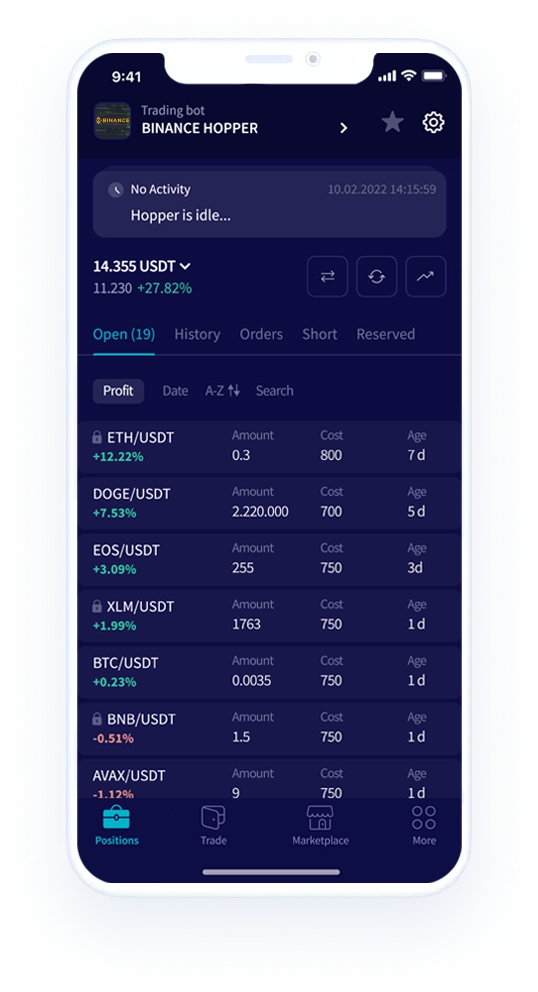Blockchain-based tokenisation is gaining traction and forward-thinking family offices have a unique opportunity to gain access to a new generation of secure, global and efficient financial instruments.
The architecture of global capital markets has remained largely unchanged for decades: centralised, restricted by geography, and constrained by settlement lags and inefficiencies. But behind headlines of Bitcoin volatility lies a new structure of investment in assets.
Asset tokenisation, powered by blockchain technology, allows any asset – from US Treasury Bills to alternatives and real estate – to be digitally represented, exchanged securely and settled in real time.
For family offices and trustees looking for potential intergenerational, inflation-beating returns, tokenisation can offer wider access, greater optionality, faster action and cost effectiveness to portfolios.
What Tokenisation Actually Means
Tokenisation refers to the creation of a digital token on a blockchain that represents ownership of an underlying asset. A tokenised bond, for instance, retains all of its conventional features – coupon, maturity, issuer terms – but exists as a digital asset, transferable and tradable around-the-clock.
This creates multiple efficiencies. Issuers can access capital without layers of intermediaries and can do so from a broader investor base. Equally, investors benefit from real-time settlement, transparent ownership records and the ability to trade in smaller increments. For family offices with diversified and global portfolios, tokenisation offers operational flexibility, simplified compliance and better visibility of asset performance.
In short, tokenisation does not bypass the traditional system – it improves it.
Real-World Adoption and Increasing Access to Investment Opportunities
Adoption is accelerating, and some innovative family offices are taking note. The tokenised offerings from BlackRock, Franklin Templeton and Janus Henderson, for example, have tripled in 2025 and total assets held in tokenised US treasury products have surged by 80% in 2025 to $7.5 billion.
What was once the domain of crypto traders is now evolving and maturing into a credible capital allocation tool, both for short-term cash management and longer-term investment strategies. Some institutional investors are now even using these assets as collateral in derivatives trades, enhancing capital efficiency and operational flexibility.
Most of all, tokenisation widens access to high-quality and potentially high-return investment opportunities not otherwise available to smaller institutional investors, including litigation financing, microlending and subordinated debt issued by regional credit unions.
It can sometimes be difficult for smaller institutional investors to access these types of opportunities. Many major markets require investors to meet minimum asset and/or income thresholds before being permitted to invest in private issuances. This also means that over the past few decades, smaller investors have been excluded from the main valuation uplift delivered by what are now some of the largest companies in the world.
With the listed equity market diminishing in many parts of the world, opening access to the opportunities presented in the unlisted investment space, whether that be real assets, private equity, venture, credit or other alternatives, improves the options and choices available to a wider selection of investors, including family offices.
Built-in Compliance, not a Regulatory Loophole
Understandably, some scepticism around crypto-related concepts lingers among investors, particularly regarding the early association with anonymous crypto transactions. But tokenised securities are not part of that anonymity.
Leading platforms use Know-Your-Customer (KYC) tools embedded directly into blockchain protocols. For example, the Liquid Network – a sidechain built on Bitcoin – includes “whitelisting” features that ensure only approved, verified participants can trade specific tokens. This level of permissioned access, combined with full audit trails, gives trustees and fiduciaries confidence in both security and compliance.
Looking Ahead
Tokenisation is not a passing trend. It is a structural evolution in how assets are issued, held and traded. While total adoption will take time – McKinsey’s base case predicts a $2 trillion market by 2030 – the direction of travel is clear. Private capital is already moving and regulators are beginning to provide clarity.
Family offices have always sought real returns across generations. Tokenised assets present a compelling, accessible investment opportunity that is fit for both the digital age. And, perhaps most importantly, these assets align with the growing expectations of younger beneficiaries who are digitally native and value seamless, flexible financial experiences.
The post appeared first on Bitfinex blog.

